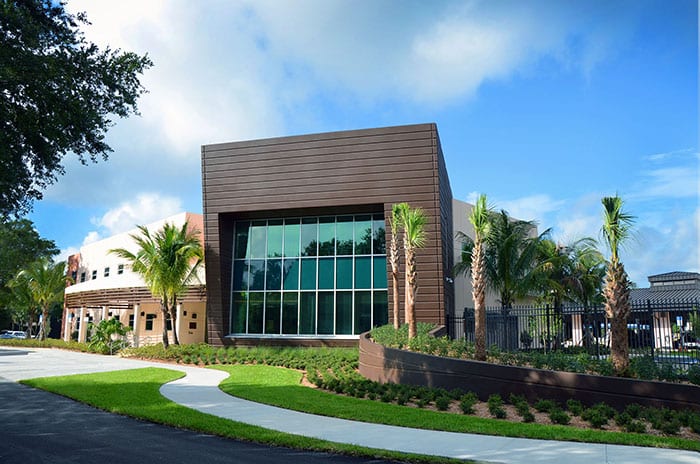Greenhouse gas (GHG) emissions are those gases in the atmosphere that are the fundamental cause of the “greenhouse effect” and have been a source of increased temperature on Earth, commonly referenced as part of climate change. Human activities contribute to the amount of emissions in our air from burning carbon-based fuels such as wood, coal, oil, and natural gas. Electricity use, driving cars, removing trees; all have an impact on GHG emissions in the air.
The city monitors GHG emission from municipal operations as part of our green planning effort and conducted a baseline inventory in 2009 with reduction goals of 7% for 2012 and 11% for 2020. The city’s GHG emissions are based on municipal energy use, fuel use, as well as other indirect emissions such as employee commute. The information was analyzed using internationally established software and the results documented for future tracking.
For the purpose of this article, it must be mentioned how GHG emissions are measured. GHG emissions are measured in CO2 equivalents (CO2e), which simply put is an amount of greenhouses gases in the atmosphere that have global warming potential based on the flow or concentration of gases into the atmosphere. It’s a way to measure and can get very technical, but provides a number for tracking our increases or decreases in the environment. Having a number allows the city to monitor impacts from operations and makes tracking data easy.
In 2012, the city gathered data to conduct a comparison to the 2009 inventory. Each municipal sector was analyzed; buildings and facilities, streetlights and traffic signals, water and wastewater delivery, fleet, transit, employee commute, and fugitive emissions; fugitive emissions being pollutants from air conditioning coolants for cars and buildings. The overall reduction goal for 2012 was set at 7% from the 2009 inventory. Not only did the city meet that goal, but we achieved an 11% reduction! Detailed information on this data is depicted in these graphics.
So how did we achieve this reduction? By reducing our energy consumption with energy efficient products and new air conditioning equipment, by replacing older gas-guzzling vehicles with newer fuel efficient cars and hybrid vehicles, by implementing mechanisms to monitor car idling, and by constructing new buildings to green standards, just to name a few.
You can read more about City’s Green Plan and GHG emissions by visiting www.coconutcreek.net/sd/city-green-plan and if you have questions, contact Jim Hetzel, Senior Planner – Sustainable City Coordination for City of Coconut Creek at [email protected] or 954.956.1468.













